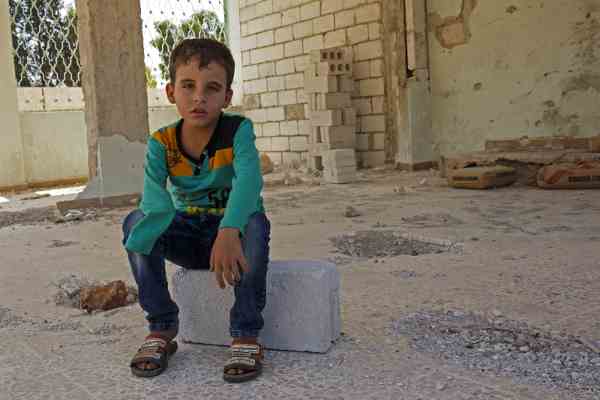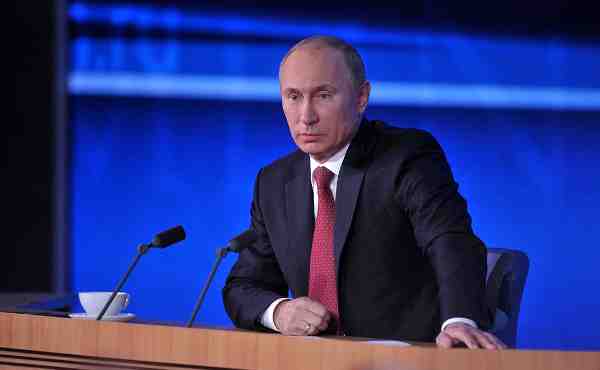Over 4,000 Attacks on Schools in Syria

More than half of all attacks on schools worldwide in the last four years have occurred in Syria, according to Save the Children.
It has compounded the humanitarian crisis that has already forced four million Syrian refugees to flee to camps in over-crowded surrounding states, or onwards towards Europe.
A new Save the Children study, Education under Attack, brings to light how schools inside Syria have been indiscriminately bombed, destroyed, commandeered by armed groups, or turned into weapons caches or torture centers.
Like much of the rest of the world, a new school year also begins in Syria this week, despite the fact that between 2.1 and 2.4 million Syrian children are now unable to attend school due to the crisis.
[ Google Campaign to Support Assistance for Child Refugees ]
There have been more than 4,000 attacks on schools inside Syria over the past four years, with a staggering 51 recorded attacks on schools supported by Save the Children in the past 18 months alone.
“Education in Syria is under deadly attack and an entire generation of children is having their future ripped away from them,” says Martha Myers, Save the Children’s country director in Syria. “When parents don’t even know if their children will come home from school alive, it’s no wonder that so many families are fleeing to Europe. The blatant targeting of innocent children and schools is a devastating blow for any chance of peace and prosperity in the region.”
[ RMN Foundation: Friends of the Future Schools in India ]
School enrollment rates, among the highest in the world before the conflict, have fallen dramatically, with only 17 percent of children displaced within Syria now in school and enrolment rates now as low as 6 percent in some of the areas worst hit by relentless fighting and indiscriminate air strikes. Frequent bombings regularly force many schools to suspend classes for days or weeks at a time, or to move classrooms to underground basements.
“If schools were not attacked and abused, families might consider staying there for their children’s future,” said Carolyn Miles, president and CEO of Save the Children. “Fortunately, despite the enormous challenges, it is vital – and possible – to deliver education in Syria.”
With appropriate community engagement, robust security analysis, investments that allow adaptations to school infrastructure, teacher training, a flexible approach to delivering learning and appropriate levels of psychosocial support, children can continue to access education. Yet education is one of the most underfunded sectors of the humanitarian response.
“Working to continue education, even under the most difficult circumstances, is an investment in the future of Syria’s children, and the future of Syria,” added Miles.





